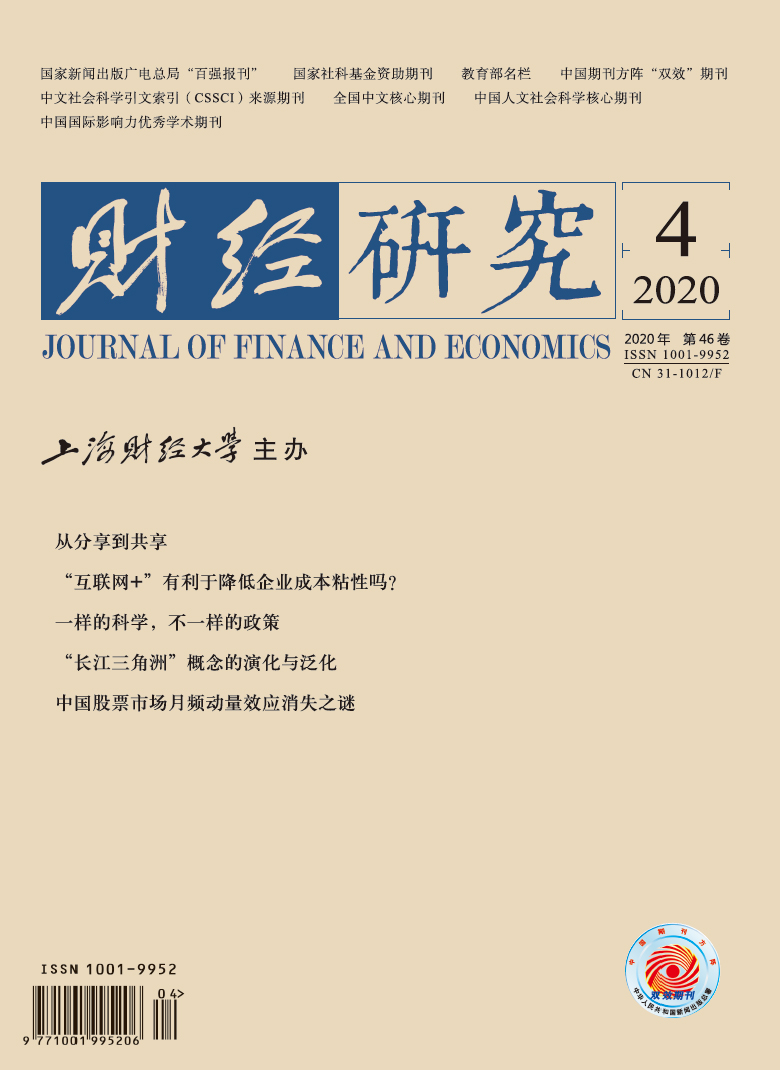Price momentum can be described as the tendency of securities with relatively high (low) past returns to subsequently outperform (underperform) the broader market. As one of the most common phenomena in the capital market, this cross-sectional momentum effect is common in different asset classes. However, the well-documented monthly momentum effect is not common in the Chinese stock market, which is named as the “weak monthly momentum effect” in the Chinese stock market in this paper.
Based on the data of A-share listed companies excluding shell stocks from 2000 to 2016, we explain the “weak monthly momentum effect” in the Chinese stock market through an intraday and overnight decomposition approach. This paper has three main findings: First, there exists intraday and overnight momentum in the A-share market, that is, stocks with relatively high (low) past intraday returns outperform (underperform) stocks with relatively low (high) past intraday returns during trading hours subsequently; stocks with relatively high (low) past overnight returns outperform (underperform) stocks with relatively low (high) past overnight returns during market closure subsequently. Besides, the strong reversal effect across these two periods, which is induced by the T+1 trading rule, is the reason behind the “weak monthly momentum effect” in the Chinese stock market. The opposite effect of the intraday momentum and the overnight momentum offsets the momentum effect for the total returns. Second, we find that past intraday winners and past overnight winners show substantial differences across various risk dimensions. Past intraday winners tend to have a small market value (SIZE), high idiosyncratic volatility (IVOL), high volatility (VOL), high average turnover ratio (TURNOVER) and high EP ratio. While past overnight winners tend to have a large market value (SIZE), low idiosyncratic volatility (IVOL), low volatility (VOL), low turnover ratio (TURNOVER), and low EP ratio. Due to the high persistence of stock characteristics, this will lead to higher intraday risk compensation for high-risk stocks, the lower T+1 overnight discounts for low-risk stocks, exhibiting both intraday momentum and overnight momentum. Also, under the T+1 trading rule, a one-day lookback, sell-at-the-max put option is embedded in the close price on day T compared with the open price on day T+1, leading to a higher closing price and a lower overnight returns for high-risk stocks. Third, when the market volatility is higher (lower), the T+1 constraint is stronger (weaker), and the intraday and overnight reversals are stronger (weaker). Therefore, the momentum strategy performs worse (better) when market volatility is higher (worse).
This paper contributes to the existing literature in three ways: First, this paper firstly explains the “weak monthly momentum effect” in the Chinese stock market through an intraday and overnight return decomposition approach. Second, this paper empirically finds that there exist strong intraday momentum, overnight momentum and cross-period reversal effects in the A-share market at both monthly and weekly frequencies. Third, we rationalize the intraday and overnight return decomposition approach proposed by Lou, et al. (2019) with the unique T+1 trading rule in the A-share market.





 7837
7837  10418
10418

